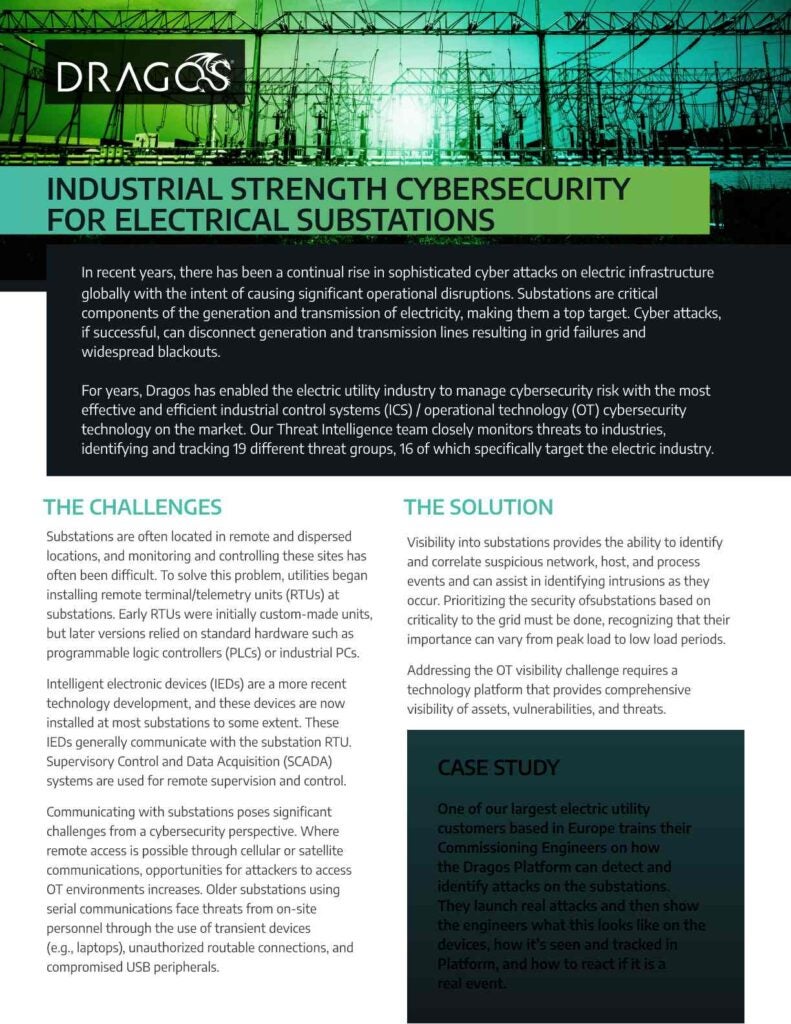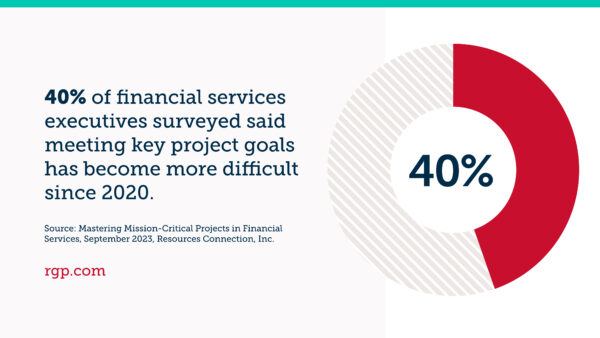
- May 20, 2022
Top 5 Emergency Solutions for Critical System Failures
Introduction
System failures can occur unexpectedly and can have severe consequences for businesses and organizations. When critical systems fail, it is crucial to have emergency solutions in place to minimize downtime and mitigate the impact on operations. In this blog post, we will discuss the top 5 emergency solutions that can help address critical system failures effectively.
1. Backup and Disaster Recovery Plan
In the event of a critical system failure, having a robust backup and disaster recovery plan is crucial. This plan should include regular backups of all important data and systems, stored both on-site and off-site. Additionally, it should outline the steps to be taken in case of a failure, including the process for restoring data and systems from the backups.
2. Redundancy and Failover Systems
Implementing redundancy and failover systems can greatly minimize the impact of critical system failures. Redundancy involves having duplicate hardware or systems in place, ensuring that if one fails, the other can seamlessly take over. Failover systems automatically switch to a backup system when the primary one fails, ensuring uninterrupted operation.
2.1. Load Balancing
Load balancing is a technique used to distribute workloads across multiple systems, ensuring that no single system is overwhelmed. By evenly distributing the load, the risk of a critical failure due to excessive strain on a single system is significantly reduced.
2.2. High Availability Clusters

High availability clusters involve grouping multiple systems together to provide redundancy and failover capabilities. If one system fails, another system in the cluster takes over, ensuring continuous operation. This setup is particularly useful for critical systems that require constant availability.
3. Monitoring and Alert Systems
Proactive monitoring and alert systems can help identify potential system failures before they occur. By continuously monitoring system performance, administrators can detect any anomalies or signs of impending failure. Alert systems can then notify the appropriate personnel, allowing them to take immediate action to prevent or mitigate the impact of a critical failure.
3.1. Network Monitoring
Network monitoring tools can track network traffic, identify bottlenecks, and detect any unusual activity that may indicate a potential system failure. By monitoring network performance, administrators can take proactive measures to prevent failures and optimize system performance.
3.2. System Health Monitoring
System health monitoring involves tracking various metrics such as CPU usage, memory utilization, and disk space. By monitoring these metrics, administrators can identify any abnormalities or signs of system degradation.
Summary
Dealing with critical system failures requires prompt action and reliable emergency solutions. Here is a summary of the top 5 solutions discussed in this blog post:
- Backup and Disaster Recovery: Implementing a robust backup and disaster recovery strategy ensures that data and systems can be restored quickly in the event of a failure.
- Redundancy and High Availability: Setting up redundant systems and utilizing high availability configurations can minimize downtime and ensure continuous operation even if one component fails.
- Monitoring and Alerting: Implementing comprehensive monitoring and alerting systems allows for proactive identification of potential failures, enabling timely intervention and resolution.
- Failover and Load Balancing: Utilizing failover mechanisms and load balancing techniques can distribute the workload across multiple systems, preventing single points of failure and optimizing performance.
- Emergency Response Plan: Having a well-defined emergency response plan more in place ensures that the appropriate actions are taken promptly when critical system failures occur, minimizing the impact on operations.
- Q: What are the top 5 emergency solutions for critical system failures?
- A: Here are the top 5 emergency solutions for critical system failures:
- Q: What is a backup and restore strategy?
- A: A backup and restore strategy involves regularly creating copies of important data and system configurations, which can be used to restore the system in case of a failure.
- Q: How can redundancy help in critical system failures?
- A: Redundancy involves having duplicate components or systems in place, so that if one fails, the backup can take over and ensure uninterrupted operation.
- Q: What is disaster recovery planning?
- A: Disaster recovery planning involves creating a comprehensive strategy and set of procedures to quickly recover and restore critical systems after a major failure or disaster.
- Q: How can virtualization help in emergency situations?
- A: Virtualization allows for the creation of virtual machines that can be easily replicated and moved to different physical servers, providing flexibility and quick recovery options in case of system failures.
- Q: What is the importance of monitoring and alerting systems?
- A: Monitoring and alerting systems continuously monitor the health and performance of critical systems, providing real-time notifications in case of failures or abnormal behavior, allowing for immediate action to be taken.
